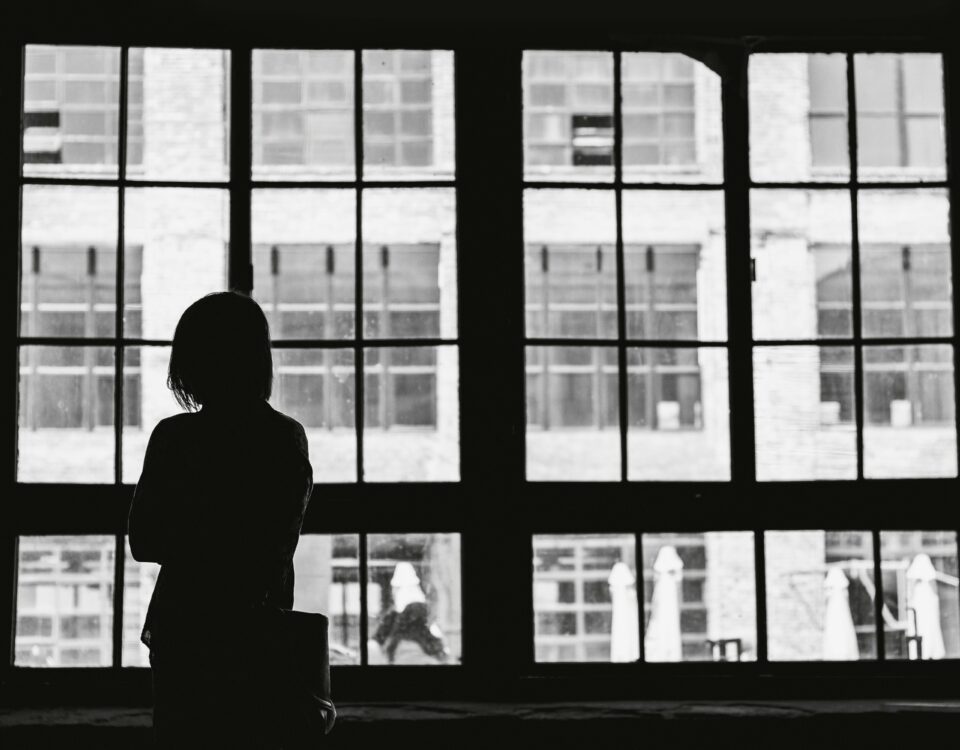A conversation about customer service and customer experience – Help.com Interview
December 22, 2014Do you know if you are irritating your customers? – Interview with Melvin Brand Flu of Livework
January 9, 2015Every now and again I read something and it makes me stop and think.
However, on further reflection it becomes clear how and why the example in question works.
One such example that offers a good lesson when it comes to designing customer experiences for maximum impact comes from a recent Economist article called: A phoneful of dollars . The article in question discusses financial inclusion and how poor people around the world engage (or not) with banks and other financial service institutions and, also, what alternatives they use.
But, that’s not the point of this piece.
One thing in particular stood out for me in The Economist article and that was the story about the US financial institution, Self-Help Credit Union, found that:
“more people used its services when it opened a branch in a strip mall and designed it to look like a check-casher, with fluorescent lighting and linoleum floors, than when it had a traditional bank-branch design, with plush carpets and leather chairs.”
Now, when I first read that paragraph and what they had done it didn’t make sense to me. It seemed to run counter to everything we know and associate with banks and other financial institutions.
And, that’s the point.
Self-Help Credit Union offers a perfect example of how a financial institution with plants and carpets and sofas can fit the organisation’s ‘mental model’, and that of many others, of what they think they should be and should look like.
However, what their example also proves is that this can often cause problems when compared to what customers can want, expect and feel comfortable with, particularly when it comes to new customers.
Self-Help’s experience offers a great example of the differences that can exist between the “mental model of the customer” as compared to the “mental model of the company”.
The reality is that we all have mental models and use them all of the time. However, when it comes to designing customer experiences we should be careful to distinguish between the mental models that exist in our own minds, and that of our organisations ,and those that exist in the minds of our customers. Doing so will help us develop customer experiences that, as Self-Help Credit Union found, perform better and get used more.
This post was originally published on my Forbes.com column.





4 Comments
Really interesting post Adrian. I wonder how far companies and their employees build for themselves – i.e. they find it hard to imagine their customers as different? So bank build branches that their employees would be comfortable banking in rather then their customers? We see it online all the time – beautiful, sparse websites that deisgners like but users can’t figure out. Love to hear your thoughts.
Hi Gerry,
Thanks for that and that’s exactly my point. There’s a trap many firms fall into and that is the trap of going to look for the answers that they want and hence they design things that they like but their customers don’t. That’s why I think the credit union in the post is a great example that has ‘gotten over or past’ the way that they look at the world and now see things from their customers perspective. That’s not to say that every one of their ‘stores’ should look like this. It’s just that this format works for this locale. Runs counter to the ‘format’ and ‘scale’ arguments but many markets are becoming ever more segmented and uniform formats are no longer guaranteed to work.
Adrian
Adrian,
I read an article the other day about Solipsism (the idea that only one’s own mind is sure to exist and anything outside one’s own mind is unsure)
It is a bit of a philosophical idea but I think we all suffer with it a little. We tend to be worried about being right rather than understanding the other person’s point of view.
I guess this is exactly what you are talking about.
James
James,
Indeed. I think.
I wonder if ‘being right’ is like a survival instinct and that explains why we struggle with understanding anothers perspective and changing our own minds?
Adrian